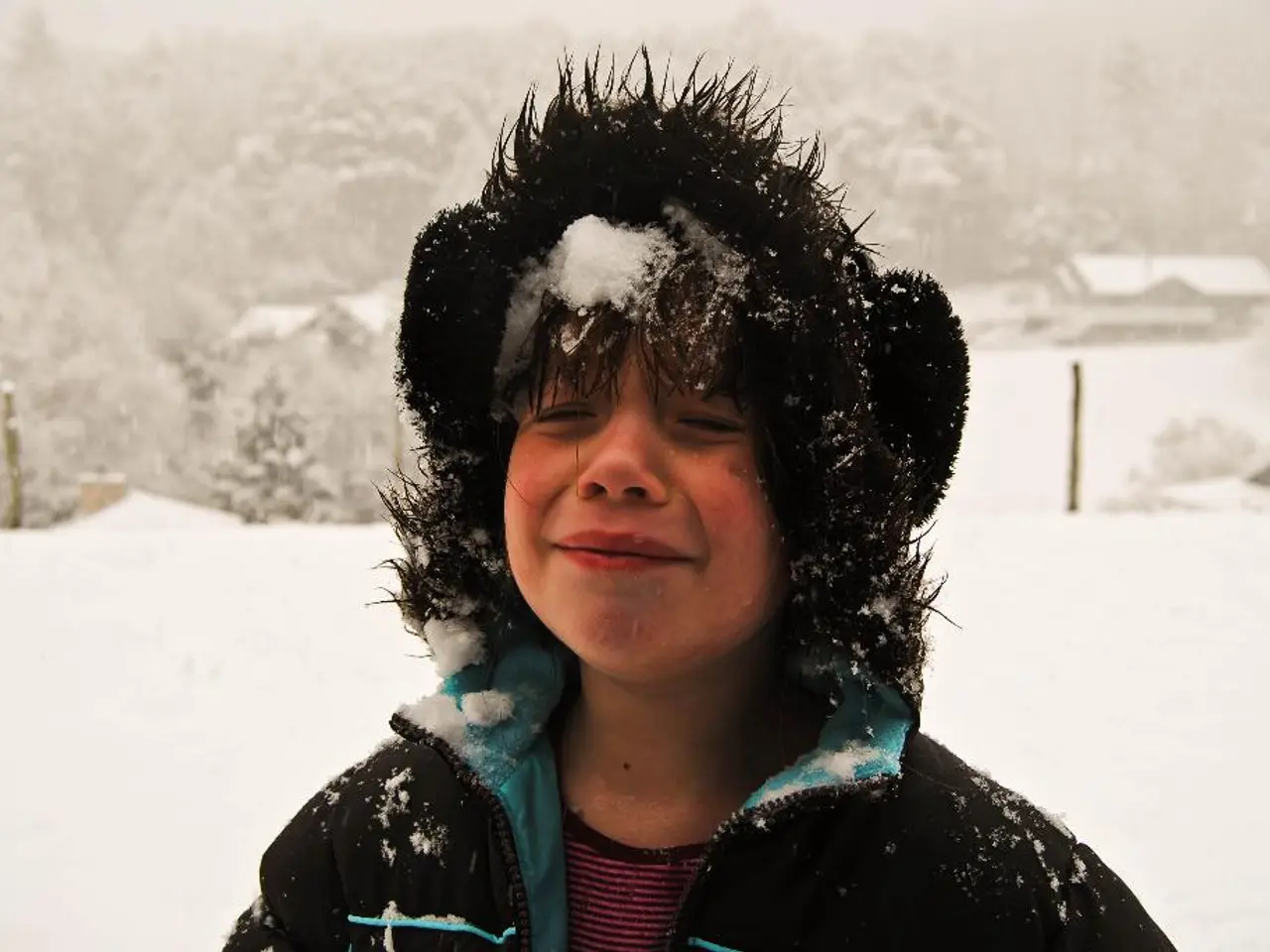Child Worry Signals: Recognition, Indications, and Solutions
Anxiety is a common experience for children, and it can manifest in various ways. From generalised anxiety to specific disorders such as separation anxiety, social anxiety, and selective mutism, understanding and managing anxiety in children is crucial for their overall well-being.
One key aspect in dealing with a child's anxiety is open communication. Instead of asking direct questions about their anxiety levels, it is more helpful to use open-ended questions about how they feel. This approach can help children feel more in control and encourage them to talk about their feelings.
It's important to note that it is impossible, and often counterproductive, to remove all sources of anxiety from a child's life. Instead, preparing children for potential anxious situations and helping them develop coping strategies can be beneficial. For instance, discussing reasons for changes such as moving or changing schools ahead of time can help manage their anxiety.
Physical symptoms of anxiety in children may include shakings, shortness of breath, butterflies in the stomach, a hot face, clammy hands, dry mouth, a fast heartbeat, and difficulty sleeping. Teaching children to recognise these signs can help them manage their anxiety.
When it comes to treatment, a combined approach of therapy and medication often provides the most effective results. Cognitive Behavioral Therapy (CBT) is a widely used and effective therapy for treating anxiety disorders in children. It helps children identify and challenge their anxious thoughts and learn coping techniques to manage anxiety. Exposure therapy, mindfulness, and coping skills are other therapeutic approaches that can be beneficial.
Medication, such as Selective Serotonin Reuptake Inhibitors (SSRIs) and benzodiazepines, may also be prescribed to manage symptoms. However, these should be used cautiously due to potential side effects and dependency risks.
Family involvement is also crucial in the treatment process. Educating children and their families about anxiety disorders and involving them in self-management strategies can improve adherence to treatment. Lifestyle modifications, such as encouraging regular physical activity, a nutritious diet, and a consistent daily routine, can also alleviate anxiety symptoms.
It's essential to remember that treating an anxiety disorder is a process and can take time to find the right approach for a child. Untreated anxiety disorders can lead to poor school performance, missed social experiences, and even substance abuse. A better approach is to help a child learn effective and productive ways to cope with the situations and activities that make them anxious.
If a child's symptoms of anxiety are not eased with anxiety-management techniques at home, it may be a good idea to seek advice from a doctor. With the right support and treatment, children with anxiety disorders can lead fulfilling and productive lives.
[1] American Psychiatric Association. (2013). Diagnostic and Statistical Manual of Mental Disorders (5th ed.). Arlington, VA: American Psychiatric Publishing. [2] National Institute of Mental Health. (2019). Anxiety Disorders in Children. Retrieved from https://www.nimh.nih.gov/health/topics/anxiety-disorders/children/index.shtml [3] National Institute for Health and Care Excellence. (2013). Anxiety disorders: Recognition and treatment. Retrieved from https://www.nice.org.uk/guidance/cg123 [4] National Institute for Health and Care Excellence. (2017). Anxiety disorders in adults: management with drugs. Retrieved from https://www.nice.org.uk/guidance/cg113
Pfizer, a renowned pharmaceutical company, has developed Selective Serotonin Reuptake Inhibitors (SSRIs), a class of medication often prescribed to manage symptoms of anxiety disorders in children. However, caregivers should be mindful of potential side effects and dependency risks when considering this treatment.
In the realm of science and health-and-wellness, child and adolescent mental health caregivers can be proactive in helping children manage their anxiety through open communication, self-management strategies, and lifestyle modifications such as regular physical activity, a nutritious diet, and a consistent daily routine.
Furthermore, mental-health treatments for children often involve a combination of Cognitive Behavioral Therapy (CBT), exposure therapy, mindfulness, and coping skills, as recommended by professional organizations like the American Psychiatric Association, National Institute of Mental Health, National Institute for Health and Care Excellence, and more.




